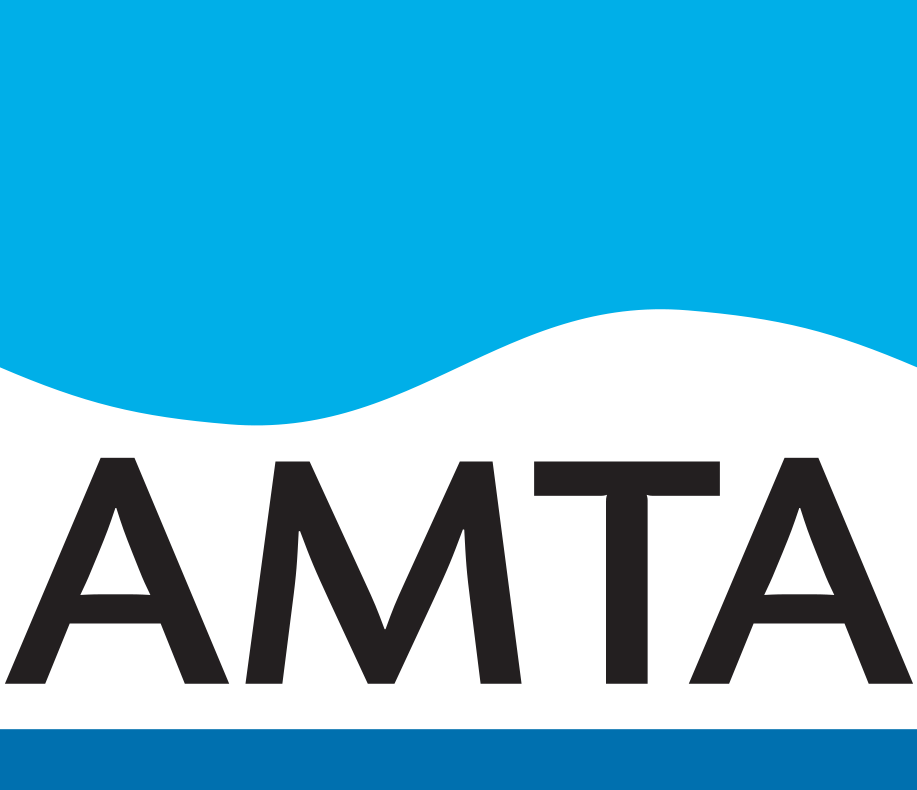The Deployment Code
Telstra, Optus and TPG Telecom Ltd are the three mobile telecommunications carriers in Australia deploying and operating national mobile phone networks. These carriers continue to expand existing 4G networks as well as deploying new 5G networks in parallel.
Some of this infrastructure is referred to as ‘low-Impact’, as it typically meets Australian Government requirements, so does not require council development approval or consent.
Carriers must follow the requirements of a mandatory Code developed to ensure notification and consultation is proportionate to the proposed telecommunications facility. This Code is called the ‘Industry Code – Deployment of Mobile Phone Network Infrastructure C564:2025’ – or ‘Deployment Code’ for short.
Not all telecommunications infrastructure is ‘low impact’ or otherwise exempt. Where a new telecommunications structure requires council development approval, the carriers will notify and consult in accordance with State, Territory and Council’s requirements (as applicable).
The Code is available at: www.commsalliance.com.au/Documents/all/codes/c564
How is the Deployment Code relevant to Councils?
The Deployment Code is designed so that the community and Councils can have a say about the installation of mobile facilities that do not require Development Approval, and particularly low-impact facilities.
The Deployment Code is only mandatory for industry. There is no prescribed requirement for Councils to participate in the Code processes, however this is encouraged.
What is a Low-impact facility?
The Telecommunications (Low-impact Facilities) Determination (the LIFD) is a Commonwealth regulation that defines those telecommunications facilities that are “Low-impact” and can therefore be installed without Council development approval or consent.
Facilities that are Low impact are defined by what type of facility is proposed and where it is proposed to be installed. Examples of Low Impact facilities can be rooftop antennas, antennas on utility structures, and in-building installations. Low-impact facilities are essential to the efficient operation of telecommunications networks, have low visual impact, and are unlikely to cause significant community disruption during installation or operation.
The LIFD identifies five land use areas which must be used to identify where a facility is to be installed: Residential, Commercial, Industrial, Rural or ‘Areas of Environmental Significance’.
The area in which a facility is proposed must be determined based on an assessment of the zoning applicable to that location as provided by State or Territory planning and planning schemes. Therefore, even though Low-impact facilities are exempt from State and Territory planning policies, carriers must still have regard to local zoning in determining the low-impact status.
If a proposed facility is in an ‘Area of Environmental Significance’, it cannot be a ‘low impact’ and will be subject to State and Territory planning regulations which often requires development approval.
What does the Code require for ‘Low-impact facilities?’
The Code requires that Councils will be notified of all Low Impact facilities that form part of a mobile network to be deployed for the use of mobile network carriers.
Councils have an opportunity to request further information, to ask questions and to provide feedback, which may lead to improvements to a proposed facility. For some types of facilities such as proposals at a new site (section 6 of the Code), councils are encouraged to review and provide feedback about a carriers’ consultation plan.
By engaging in the Deployment Code processes, councils can participate more effectively in the siting, design, installation and operation of telecommunications facilities constructed throughout their Local Government area.
The Code has been successfully operating for more than 23 years, and we encourage councils to use the opportunities it provides for engagement with carriers.
Development of the Deployment Code and the 2025 Revisions
The Code was originally introduced in 2002 and was developed by community, consumer, industry, and government representatives – so the notification, consultation and other requirements are based upon a consensus of these sectors.
The most recent scheduled review was conducted in 2024/25. This review achieved a consensus with the mobile industry, mobile carriers, the Australian Communications Consumer Action Network (ACCAN), and the Australian Local Government Association (ALGA) all agreeing on the updates and changes.
In 2025 the eighth revision of the Code was introduced, and this includes:
- Updates to how information is collected and used by carriers to ensure alignment with privacy requirements,
- Consolidated timeframes for consultation with Council’s and Interested and Affected Parties;
- Streamlined consultation and notification formats,
- Refreshed consultation notification templates along with amendments to how stakeholders are notified;
- Refreshed signage templates;
- Refinements to the handling of Complaints; and,
- Removal of Appendix A and references to the Precautionary Approach, which aligns with the recently updated Australian Radiation Protection and Nuclear Safety Agency (ARPANSA) Standard for Limiting Exposure to Radiofrequency
What is the status of the 2025 Revisions?
This eighth edition of the Code has recently been published, and it has been registered by the Australian Communications and Media Authority (ACMA) under section 117 of the Telecommunications Act.
This means that mobile carriers have an obligation to comply with the Code’s rules. Failure to comply could result in the ACMA commencing compliance and enforcement action against the mobile carrier. The code also covers the work of contractors or agents of the mobile carriers, infrastructure lessors, infrastructure developers, telecommunications service providers and other entities engaged in activities covered by this Code on behalf of a carrier.
A PDF of this page is available as a factsheet here.
Links for further information
Industry Code for Mobile Phone Base Station Deployment (2025)
www.commsalliance.com.au/Documents/all/codes/c564
ACMA overview of Council’s role and low impact facilities
https://www.acma.gov.au/local-councils-and-network-facilities
Australian Mobile Telecommunications Association
Contact Us
For more information, please contact the Australian Mobile Telecommunications Association (AMTA) on [email protected]
Previous info on this topic: 2020 AMTA Fact Sheet Guide to Mobile Phone Base Station Deployment Code
View The Deployment Code here.

